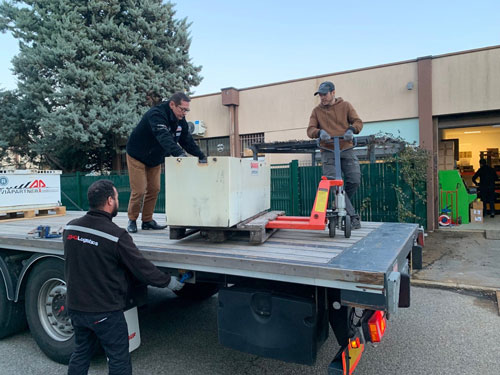For years, battery regeneration has been a leading economic alternative. It was also intuitive that regeneration also represented an ecological alternative in terms of carbon footprint.
Be Energy Batterie Plus is now able to quantify it!
Quantifying the carbon footprint of battery regeneration
To measure the carbon footprint of battery regeneration, Be Energy called in a specialist consultancy firm, ACTA Consult, a Bilan Carbone 2020 licensee and active member of the Association Professionnelle des Conseils en Carbones (APCC). The APCC therefore carried out a study of the comparative carbon balance between replacing the batteries as new (with recycling of the old batteries) and regenerating them.. On the basis of this APCC study, Be Energy has developed a tool that can accurately quantify the carbon footprint according to :
- The type of battery (traction or starter)
- Battery weight and capacity
- The distance to a Battery Plus regeneration workshop.
Let’s illustrate this with some examples. Consider :
- A 48v 500Ah traction battery located 50km from our workshop
- 20 truck starter batteries located 50km from our workshop
The figures speak for themselves! Find out more in this downloadable document.
The impact is considerable!
The carbon footprint is 49 to 54 times smaller!
Battery regeneration: a radically low-carbon solution
The APCC study shows that, when comparing replacement with regeneration, battery regeneration is a radically low-carbon alternative!
Battery regeneration is a practical tool for the ecological transitionand for reducing the carbon footprintof local businesses. It is also a vector for regional resilience, combining the circular economy, the fight against programmed obsolescence and the creation of new jobs while reducing hazardous waste and the carbon footprint.











